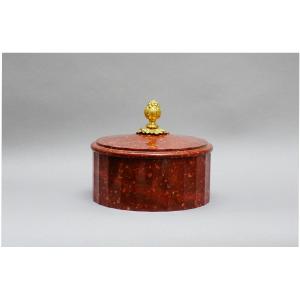Älvdalen porphyry.
Ormolu handle.
Sweden, early 19th century.
After the discovery of a stone deposit in 1730 by Älvdalen parish church minister Eric Näsman, it was described in 1739 by the College of Mines as follows: "...hard reddish marble with dark grains or whitish grains interspersed is called Porphyry, which makes it so hard that almost no iron bites on it". This Swedish porphyry from Alvadälen has a wide variety of colors and textures, about ten distinct types.
The beginning of the exploitation of this porphyry deposit in 1788 gave rise to the creation of remarkable vases mounted in chased and gilded bronze. These porphyry objects of various shapes and uses were much appreciated by Marshal Bernadotte, King Karl IV Johann, who ruled Sweden from 1818 to 1844. The work was time-consuming: it could take up to a year to cut a 60-centimeter-thick block on table tops. A cylindrical butter box with a lid required six 12-hour work sessions. If they did not become diplomatic gifts for dignitaries, they were sold unmounted in Stockholm or Gothenburg by merchants to special agents or French merchant-merchants who dressed them in bronzes cast by the capital's bronziers.







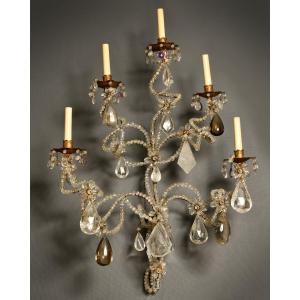
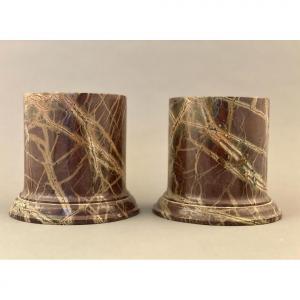
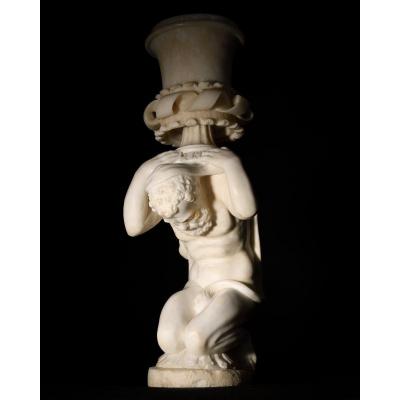
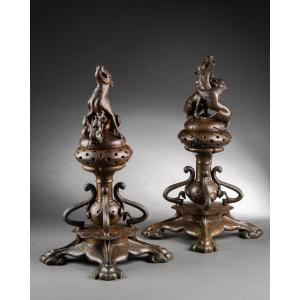

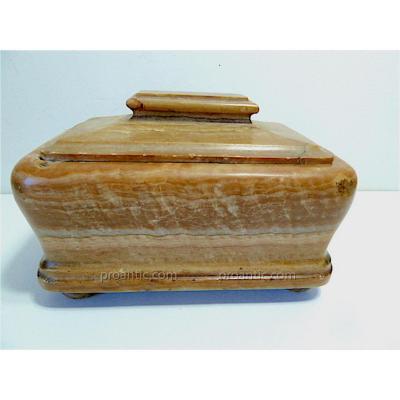
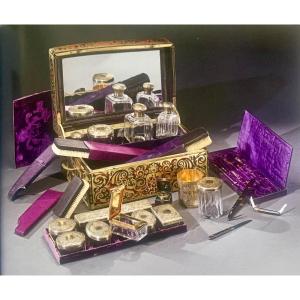

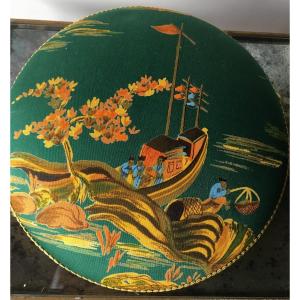
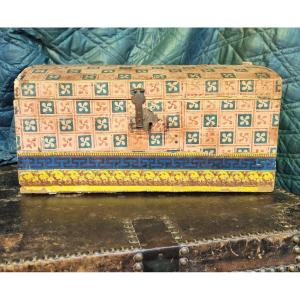



 Le Magazine de PROANTIC
Le Magazine de PROANTIC TRÉSORS Magazine
TRÉSORS Magazine Rivista Artiquariato
Rivista Artiquariato
